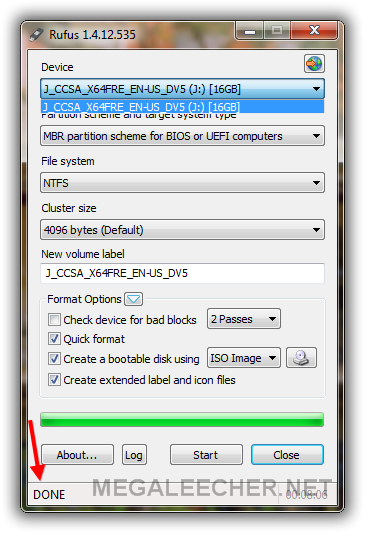

USB booting is the process of using a USB storage device, like a pen drive, as the drive from which the computer starts. It’s quick and easy to stick into your pocket. Create bootable disksĭo you remember back in the day when you had to use a floppy disk or a CD-ROM to install anything? Today, installing software from USB flash drives has become one of the easiest ways to update any computer with a new operating system, like Windows, Linux or Ubuntu. The purpose of ISO to USB is to make it simple and straightforward to burn these files onto a flash drive this way, your content will be portable and easier to use.

It can carry all of the content on the disk, like operating systems or video games. Do mind that depending on the drive size, number of passes, and USB drive speed, it takes quite a bit of time to complete the verification process.An ISO image file is a popular format for CD- and DVD-based programs. For that, all you have to do is, select the checkbox “check device for bad blocks” under format options and you are good to go. Rufus also checks the USB drive for any bad blocks. These options are beneficial when you are creating BIOS, firmware, or other low-level drives. Moreover, you get various different options like the ability to change the partition scheme, cluster size, and file system. Add to that, Rufus is much faster than the other apps when it comes to creating bootable Windows USB drives. Rufus not only lets you create bootable USB for different kinds of operating systems but you can also use it to flash BIOS, firmware, and run low-level utilities. When it comes to creating bootable USB drives in Windows, Rufus is the best, free, open-source, and easy-to-use software. Read: How to Use USB Flash Drive on Android and iOS USB Bootable Software 1.


 0 kommentar(er)
0 kommentar(er)
